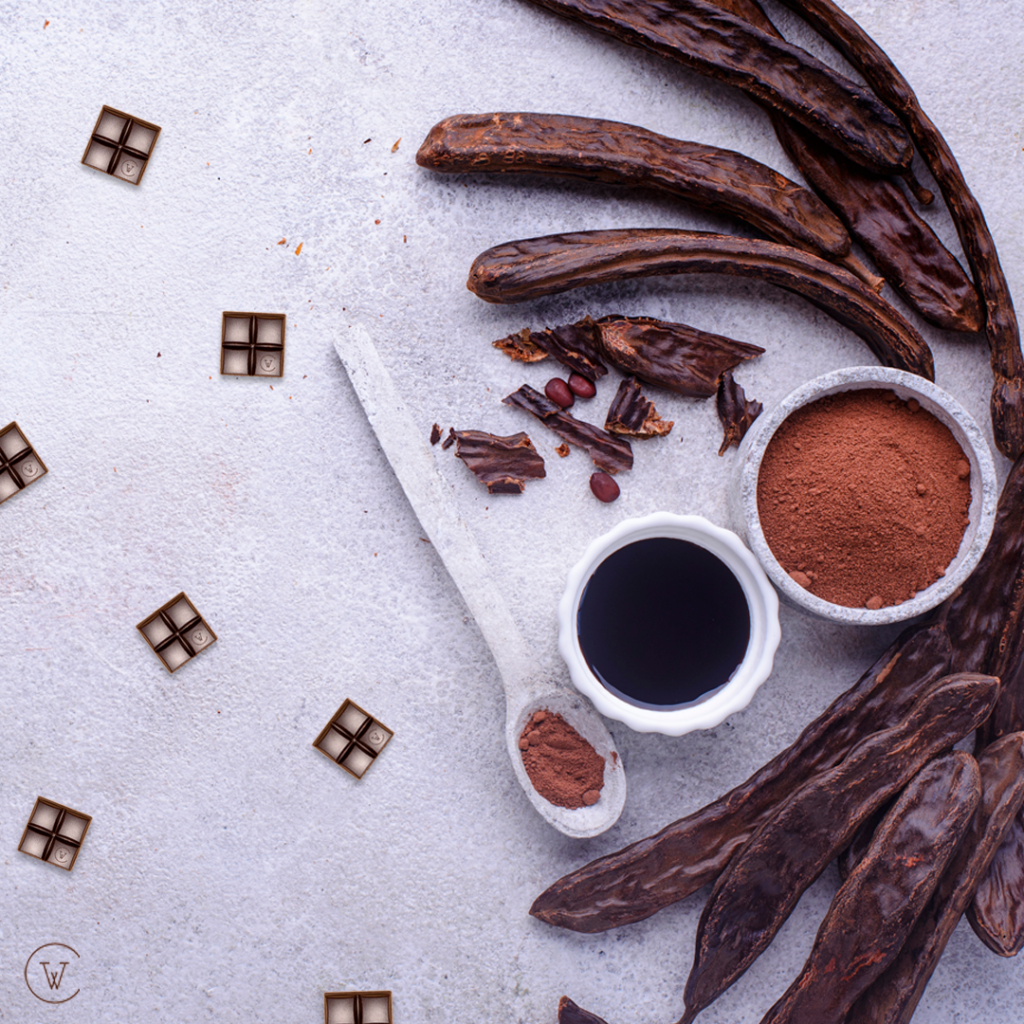
The world of carob is surprising and full of mystery. Would you like to know more about the uses of carob? Keep reading.
Throughout history, this fruit has been used for a variety of nutritional purposes ranging from the preservation of fruit in ancient Egypt to being consumed directly as a foodstuff in Pompeii.
These days, carob seeds are used mainly to produce gum. This gum is used as a food additive, a gelling agent in the textile industry, and as a stabilizer and thickener (E410). In the pharmaceutical industry, it is used as a laxative, in capsules, toothpaste, and medication for treating diarrhoea in children, and in the cosmetics industry for beauty creams.
The pulp can be coarsely ground to produce animal feed or into carob flour for human consumption in foodstuffs such as cakes and confectionery, ice cream and others after being dried and roasted. The ground pulp is used to produce microbial protein, substrate for the production of fungi, tannins, liqueurs, brandies and other drinks such as craft beer. By extracting and purifying the pulp, it is also possible to produce concentrated syrup and alcohol (by fermentation and distillation).
The use of pulp has been further developed and there are new categories of foodstuffs such as carob bars and spreads, products developed by the food engineers at Carob World.

